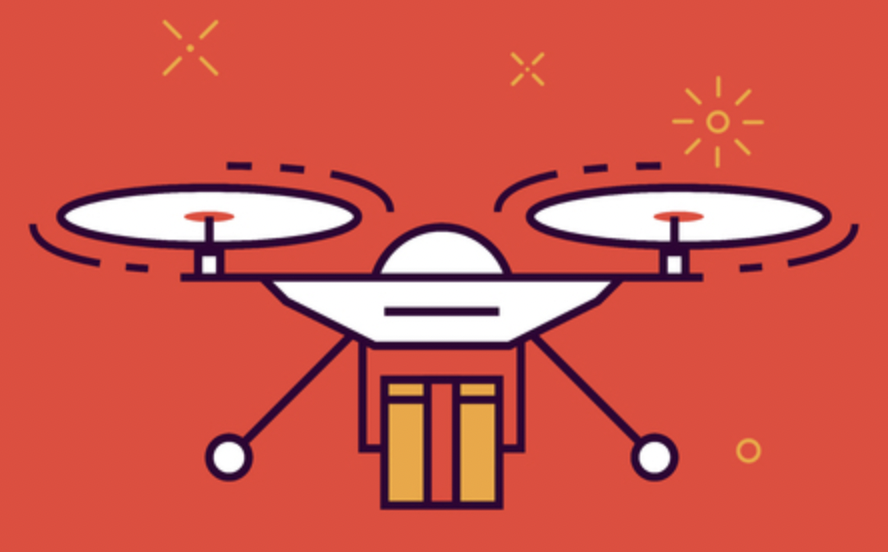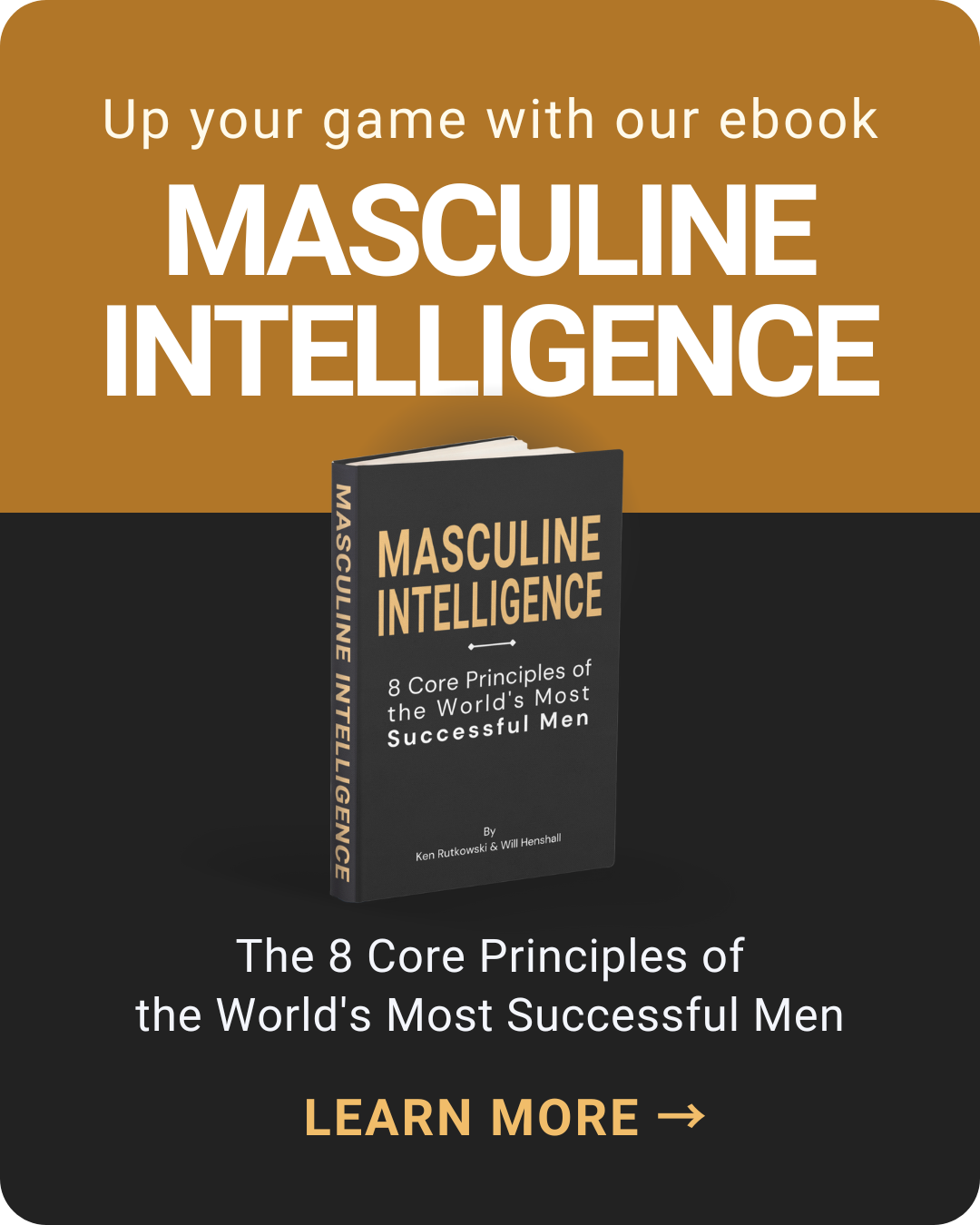
Marco Tempest has wowed crowds in stadiums and on late night television. He’s spoken before governments, and has been called everything from the world’s leading cyber-illusionist to a techno-visionary.
And these days, he’s lighting up the sky.
“I've been in tech for thirty years,” he says, “and the innovation has never moved so fast. There is so much money at play, literally trillions invested in these new compute capabilities and amazing things will be coming out of it.”

Tempest works with several organizations, including JPL, and others he can’t talk about.
“As a side gig, I do technical consulting with a drone company. I'm the head of innovation of Dronisos, the European leader in drone entertainment.
Watch Marco Tempest at METAL
“As the provider for Disneyland Paris, we fly a lot of drones – like a lot! One new project I'm working on is The Little Prince – one of the best selling books in the world. It's this beautiful story about a pilot who crash-lands in the desert. We have the rights to tell this for the next five years as a traveling drone show – so you can bring your kids and look up into the sky and experience a twenty minute story playing out in the sky.”

“We fly these drones at centimeter precision. We use a lot of AI to do predictive maintenance on these drones so these systems are extremely stable, so much so, they can be used almost like screens in the sky. We are exploring a whole new kind of storytelling beyond brand messages or medleys of logos. We’re figuring out a new world of ticketed entertainment with drone shows where you bring your kids, you look up into the sky and experience a mind-blowing story!”
With moviegoing down and the advent of venues like The Sphere in Las Vegas, the future of immersive entertainment is known to be positive. Tempest takes it to a whole new level.
“If you have this thing in the sky,” Tempest paints the picture with his outstretched hands, “which is like three hundred by two hundred yards, and it's like a hundred yards away from you, you have a visceral reaction. It’s really big, bigger than life. You hear them when the fleet takes off – nothing like seeing something on a video – and you are vaulted into this grand experience.”
BUT WAIT, THERE’S MORE
Tempest and his team are rethinking the scale as well as the very definition of entertainment.
“The big challenge is to make the experience last long enough and still be short enough to keep the attention span that current audiences have. One model would be this: you're in Las Vegas. You get bussed out into the desert. You get your headphones and you look into the sky and you experience a show. In Vegas it could be five thousand drones or ten thousand drones. We're currently running this with a thousand.
There might be an interactive element where you can hold up your camera, and some magical thing happens which creates a new piece of content which you can share. We could do that twice a night, for maybe a thousand people.”
The team is also experimenting with screens made of smoke.
“The smoke gets seeded into the sky with drones. Projectors stay on the ground so you can project with lasers onto these screens if wind conditions are ok. The drones themselves become screens. So you can do these very interesting effects where you have a vast face of a person. We use five hundred or a thousand drones for that. But we can do more interesting visual things.”

It's not merely spectacle, Tempest emphasizes. It’s visceral.
“The real emotion comes from the three dimensionality of it all. These dots come towards you. We make a wall of drones and we slowly tilt them towards the audience. It's a really magical feeling when you see this up close, and not to be underestimated.”
On a smaller scale, Tempest is experimenting with tiny drones for indoor shows, which necessitated creating a specialized indoor GPS and drones with different dimensions, different designs, and different sensor sets.
The ideas keep coming.
“Now imagine this: we can do karaoke in the sky for a whole city to sing along. Now combine that with fireworks, which we can do. The possibilities are endless.”
BEYOND ENTERTAINMENT
Everybody knows that drones are changing the face of warfare. But drone technology offers powerful new tools for saving lives as well.
“Dronisos, my partners, are flying about 8,000 drones every weekend in various parts of the world. That's not our inventory, only what we're flying at any one given time. It's a fantastic, growing thing. Yes, storytelling adds an extra dimension, but there are defense, military, and first-responder applications, too.”

“I think first-responder [applications] are going to be a really big deal with all these massive fires we have right now to gain situational awareness. We are able to have a few drones go up into the sky and build a real-time map, and then we can click on that map and have drones go there. This actually comes out of the robustness we create[d] for entertainment. Working at Disneyland with these drones is the gold standard in liability avoidance because we have to maintain a high-quality, self-regulating system that can perform every day with only the smallest glitches.”
Setting stories into the sky involves serious technology and mathematics.
“To contribute to the current state of the art, you have to master math – trigonometry at a minimum. You need to integrate technologies like distributed filters and sensor fusion, visual odometry, GPS, and communications: some of the same fields you see in navigation and robotics.”
Tempest’s role often involves bringing disparate ideas together. He asks questions such as:
- How can drones touch things? How can we have them do building inspections where the drone can go and probe the building, or touch surfaces, combining navigation and manipulation?
- How can we advance predictive maintenance? How do you predict a drone’s failure before it fails?
The daily feedback is intense, comprehensive, and vast.
“We get the black box data – the flight recorder data – of every drone we fly every night, and we upload that into Amazon cloud. We compute, and we figure out which of the drones are healthy and which are not and which motors might need replacement. If a drone fails and needs to land, we can replace that one drone within two minutes and put another drone into the choreography, and that requires very complex math, to hot-swap a drone in an ongoing show.”
All these things together become building blocks for other applications, including first responder and defense applications.
Tempest says “this puts us at the forefront of a super-fascinating and fastmoving field, and I love it. To use a word – it’s magic.”
Written by Adam Gilad
Trending Now
Chicken Wings Advertised as 'Boneless' Can Have Bones, Ohio Supreme Court Decides: The Ohio Supreme Court, in a split decision, ruled on Thursday that boneless chicken wings may not necessarily be devoid of bones, dismissing the case of a restaurant customer who encountered severe medical issues after a bone became lodged in his throat. (ABCNews)
NASA Shares 25 Jaw-Dropping Space Images from Chandra X-ray Observatory: Space imagery is always fascinating. In celebration of the 25th anniversary of the Chandra X-ray Observatory's launch, NASA has released 25 new images captured by the telescope, showcasing a variety of cosmic phenomena ranging from supermassive black holes to remnants of supernovae. (Mashable)
Weight-Loss Power of Oats Naturally Mimics Popular Obesity Drugs: Admittedly, dietary fiber may not be the most exciting subject, yet its value for maintaining good gut health has been recognized for over half a century. However, it's becoming clear that 'fiber' is a broad term, and a specific kind – plentiful in a staple breakfast item – could activate beneficial metabolic functions similar to those of GLP-1 agonists such as Ozempic, but without the associated costs or side effects. (Newaltlas)



